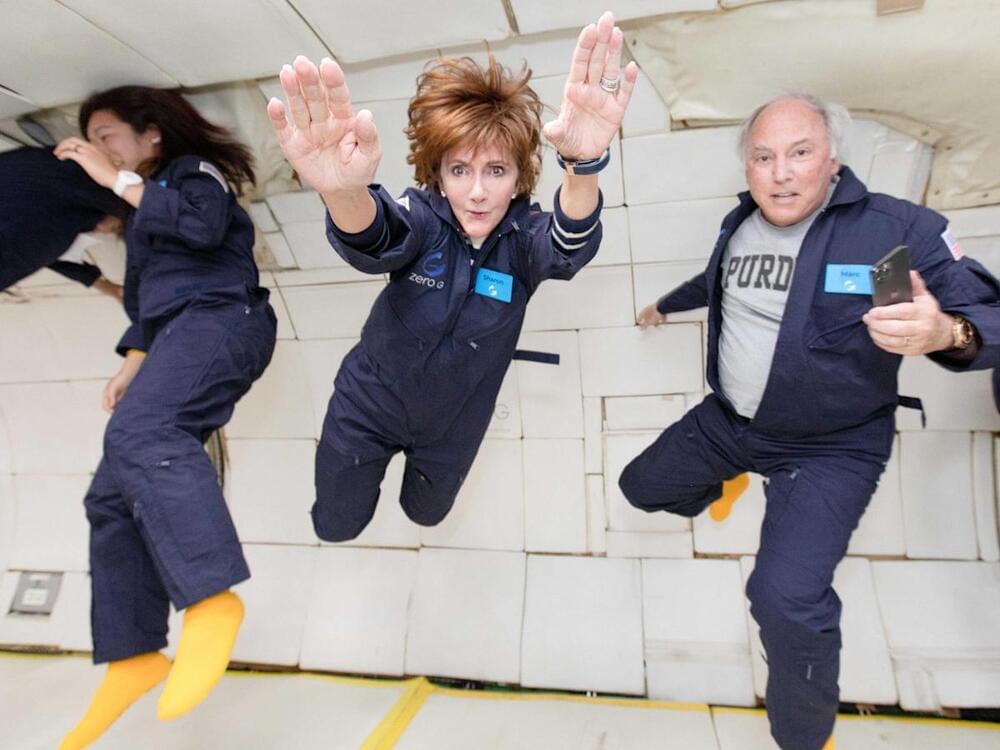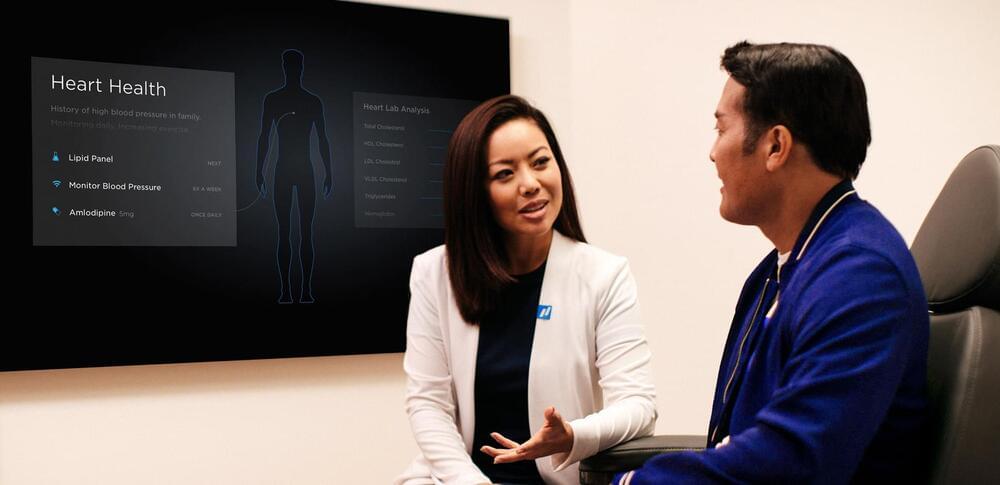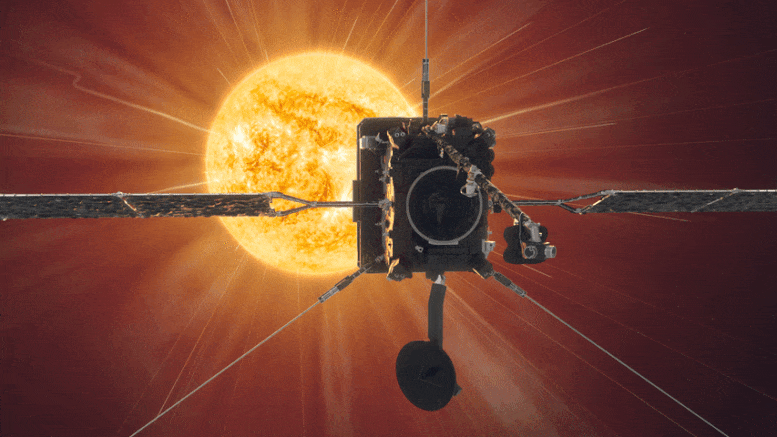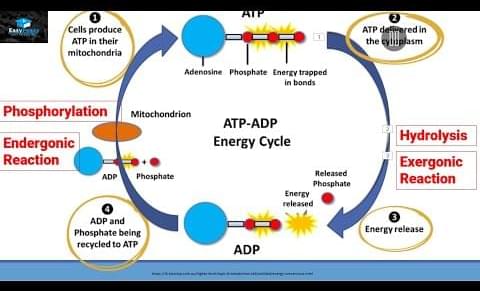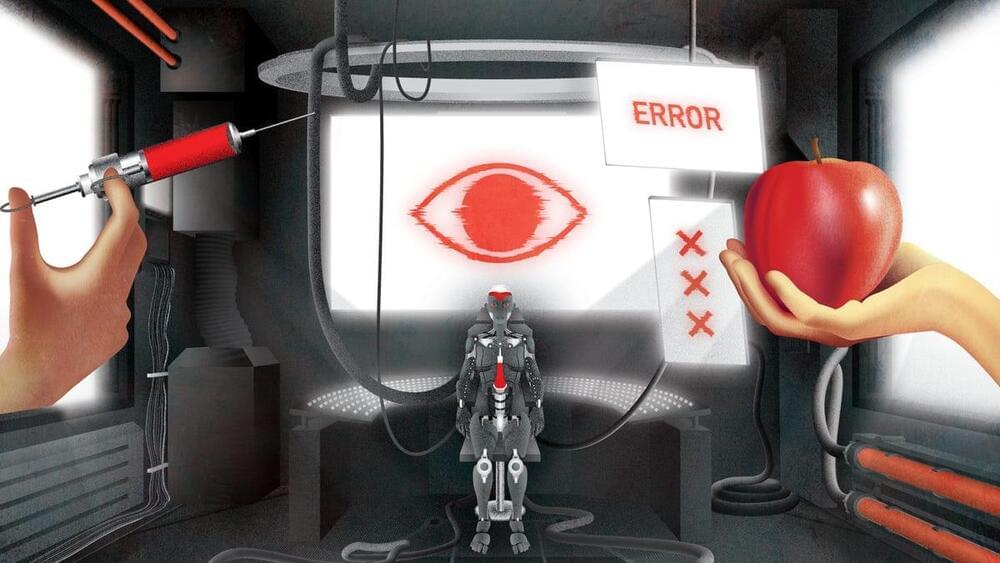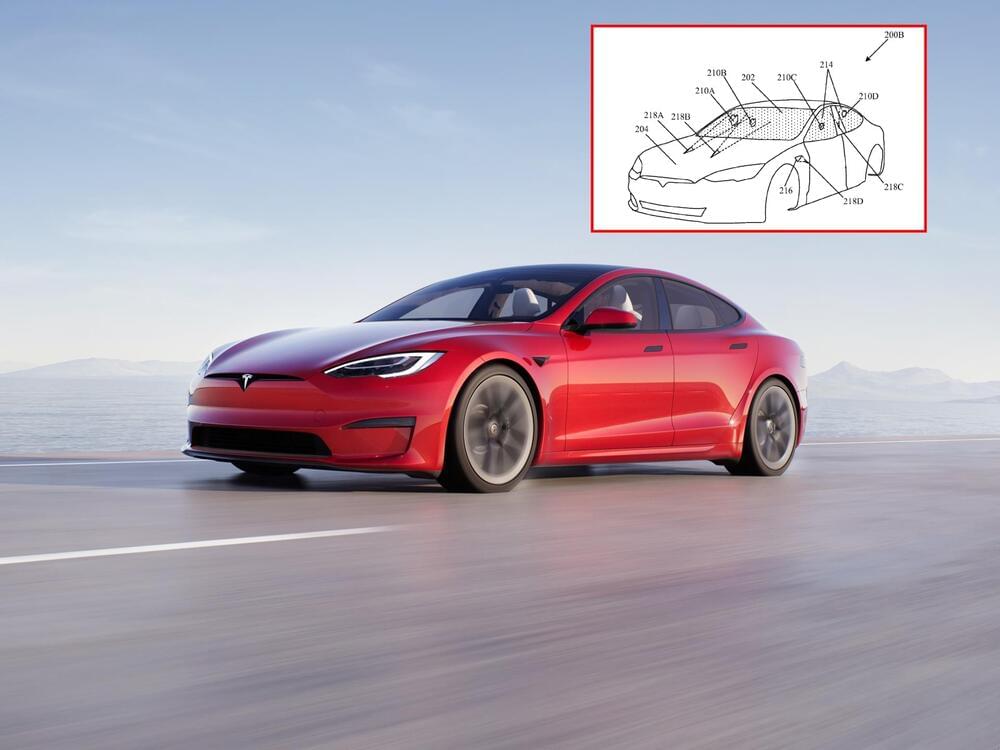Sharon and Mark Hagle, 73, are launching to the edge of space on Jeff Bezos’ Blue Origin rocket and want to go to space at least three times after.
Exclusive Introductory Pricing
Posted in futurism
WASHINGTON — A constellation of about 40 geolocation satellites operated by Spire Global is collecting data used by the U.S. Space Force to detect GPS jamming, an issue now gaining worldwide attention due to Russia’s use of electronic warfare tactics in the run-up to the invasion of Ukraine.
“All of our fellow space companies … everyone is playing a vital role for humanity in this battle for freedom and democracy,” Spire CEO Peter Platzer told analysts March 9 in an earnings call.
Spire is providing GPS telemetry data to help detect jamming as part of a project run by the U.S. Space Systems Command to figure out way to automate manual data analysis techniques and produce more timely intelligence for military operations.
Solar Orbiter’s latest images shows the full Sun in unprecedented detail. They were taken on March 7, 2022, when the spacecraft was crossing directly between the Earth and Sun.
One of the images, taken by the Extreme Ultraviolet Imager (EUI) is the highest resolution image of the Sun’s full disc and outer atmosphere, the corona, ever taken.
Another image, taken by the Spectral Imaging of the Coronal Environment (SPICE) instrument represents the first full Sun image of its kind in 50 years, and by far the best one, taken at the Lyman-beta wavelength of ultraviolet light that is emitted by hydrogen gas.
Atp-Adp Energy Cycle
Posted in energy
This Video Explains ATP-ADP Energy Cycle.
Thank You For Watching.
Please Like And Subscribe to Our Channel: https://www.youtube.com/EasyPeasyLearning.
Like Our Facebook Page: https://www.facebook.com/learningeasypeasy/
Join Our Facebook Group: https://www.facebook.com/groups/460057834950033
Support Our Channel: https://www.patreon.com/supereasypeasy.
Link of Adenosine Triphosphate ATP Video : https://youtu.be/SHSv789fyno
3D Printed Village
Posted in futurism
After 18 months of planning, ICON and New Story just unveiled two affordable 3D-printed homes in a groundbreaking development for Tabasco, Mexico.
Two immersive thought experiments lead us right into a flurry of questions surrounding the human mind. You decide where you stand.
WASHINGTON — If you can’t beat them, join them. That is the thinking behind a new managed network service offered by satellite operator Intelsat that integrates geostationary satellites, SpaceX’s Starlink low Earth orbit constellation and cellular broadband.
“A lot of our customers would like to use Starlink and many have been using it,” Don Claussen, Intelsat’s vice president of business development, told SpaceNews at last week’s Satellite 2022 conference.
Satellite communications companies “spend so much time fighting each other over what orbits are better, what band is better,” he said. “If we’re really listening to our customers, what they are saying is ‘we kind of need all of you.’”.
Each year, the NASA Innovative Advanced Concepts (NIAC) program awards grants to researchers to develop the next generation of technology that will help us explore cosmic unknowns.
From the oceans of Europa to the atmosphere of Venus, these inventions funded by NASA could propel space exploration even further.
Tesla’s idea for a crazy windshield wiper that would clear debris from a driver’s line of sight using a laser beam has been officially published by the United States Patent Office. Tesla filed the application for the patent in May 2019, and it finally was granted in late 2021. Now, the U.S. Patent Office has published the patent, making it publicly viewable.
Tesla has long been interested in some pretty crazy and revolutionary ideas for automobiles. Over the years, Tesla has looked at several different designs and ideas for windshield wipers, using anything from a single-wiper system for the Next-Gen Roadster that would utilize an electromagnetic linear actuator to rid the windshield of moisture, to no wipers at all when it unveiled the Cybertruck in November 2019. Most recent sightings of Tesla’s Cybertruck have indicated the vehicle will have wipers, but Tesla is still revising the design.
With all of the crazy ideas Tesla has thrown around for wipers in the past, the patent for the automaker’s “Pulsed Laser Cleaning of Debris Accumulated on Glass Articles in Vehicles and Photovoltaic Assemblies” is among the most interesting. Originally filed in May 2019, Tesla recently had the idea published by the U.S. Patent Office, meaning if the Office does not ultimately grant the patent, the public can still learn from the work and perhaps develop another system that could be granted.
